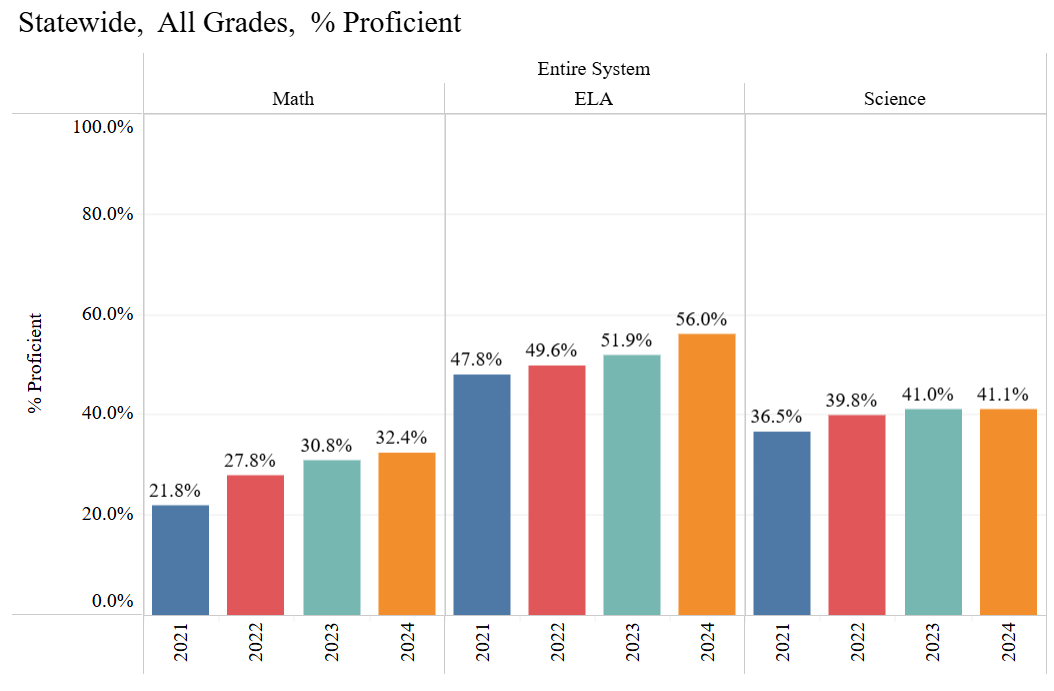1. Hosting
Here I've embedded charts produced by other analyst. In this case I've added charts on crypto and emissions data from Richard Davies of the Economics Observatory.
2. Building
Here are a couple of charts where I am experimenting with some minimalist and maximalist visual styles.
3. Debating
At the Festival of Economics, the author of "Beyond Fair Play" called out the myth that GDP growth makes society fairer, especially for the bottom deciles.
When fairness is measured by the income share of the bottom 10%, the data can be presented in ways that both support and reject the author's argument.
4. Replication
I recreated and then enhanced a chart on test score results in Alabama. I replaced the bar chart with a line because it conveys the trend over time more effectively.
5. Scraper
I scraped the U.S. Presidents' Wikipedia page and calculated their ages at inauguration using their birth and inauguration dates. Python Code
6. Loops Dashboard
I created a dashboard looping the ONS API in python. The dashboard displays household consumption exppenditure on a variety of goods and services.
